Imam Mosque, also known as Shah Mosque, stands as a masterpiece of Islamic architecture in Isfahan, Iran. Built during the Safavid period between 1611 and 1638, this magnificent mosque was commissioned by Shah Abbas I and designed by architect Ali Akbar Isfahani. It represents the zenith of Persian-Islamic architecture, blending intricate tilework, calligraphy, and geometric designs.
The mosque’s grand entrance, adorned with towering minarets and a monumental iwan, welcomes visitors into a vast courtyard surrounded by beautifully tiled arcades and prayer halls. The iconic dome, covered in blue tiles and adorned with delicate arabesques, dominates the skyline, symbolizing the spiritual and artistic aspirations of its creators.
Inside, the prayer hall dazzles with its expansive space and exquisite ornamentation. Intricately carved stucco, vibrant tile mosaics, and majestic muqarnas vaults create a sense of awe and reverence. The qibla wall, facing Mecca, is adorned with verses from the Quran in elegant calligraphy, enhancing the spiritual atmosphere of the mosque.
Imam Mosque not only serves as a place of worship but also as a cultural and architectural marvel. Its monumental scale and refined craftsmanship reflect the wealth and power of the Safavid dynasty, showcasing Iran’s cultural heritage and artistic prowess.
Recognized as a UNESCO World Heritage Site, Imam Mosque is a testament to Isfahan’s status as a center of Islamic art and architecture. A visit to this extraordinary mosque offers visitors a profound journey into the rich history and spiritual traditions of Iran, where the beauty of art and devotion converge in perfect harmony.


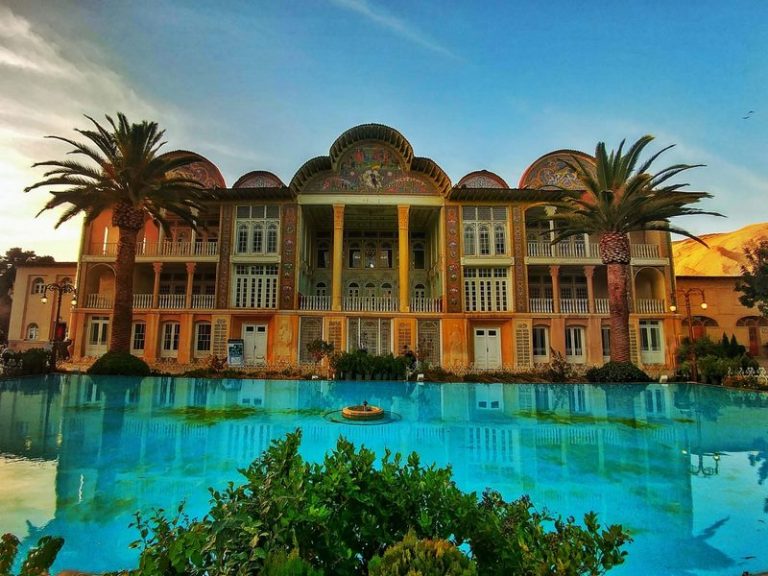
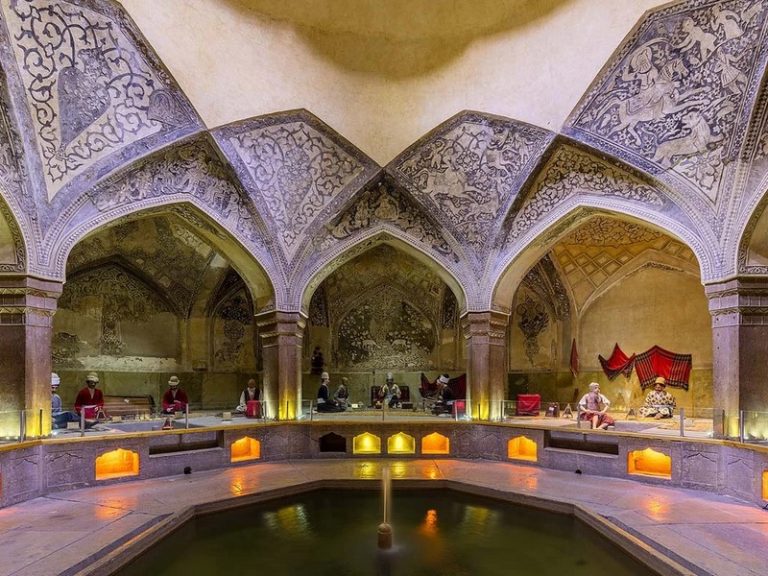
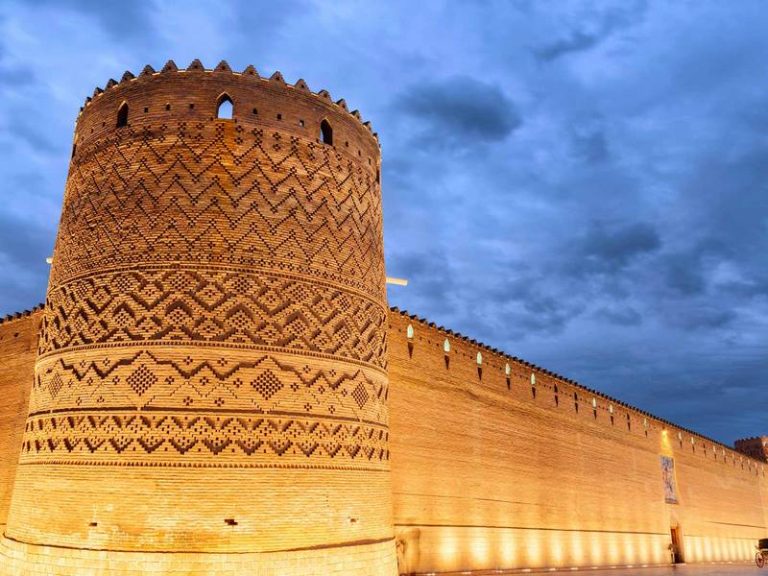
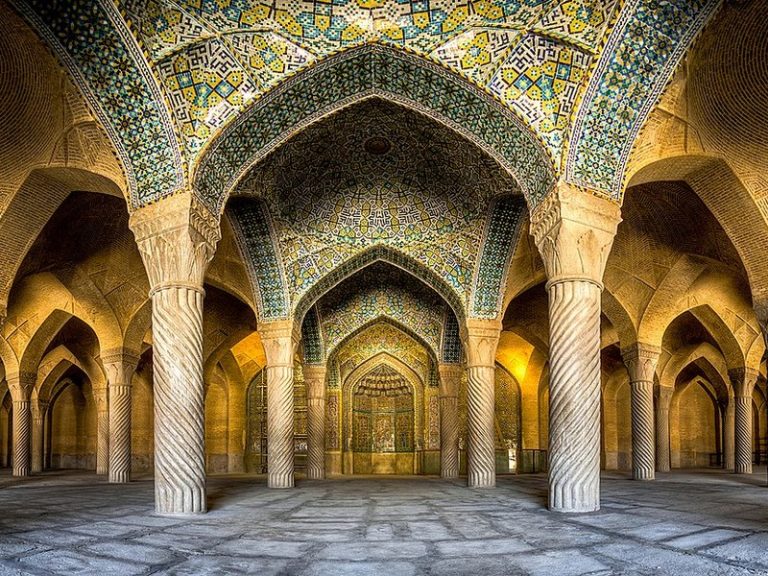
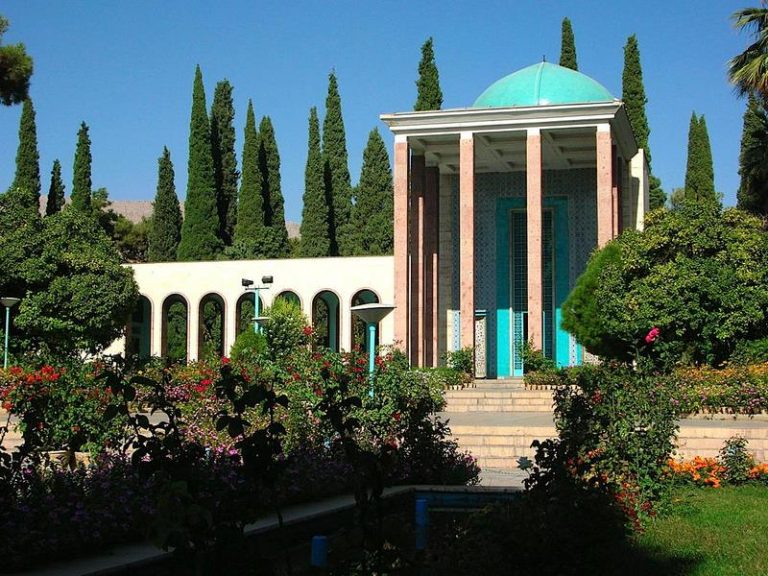

0 Comment